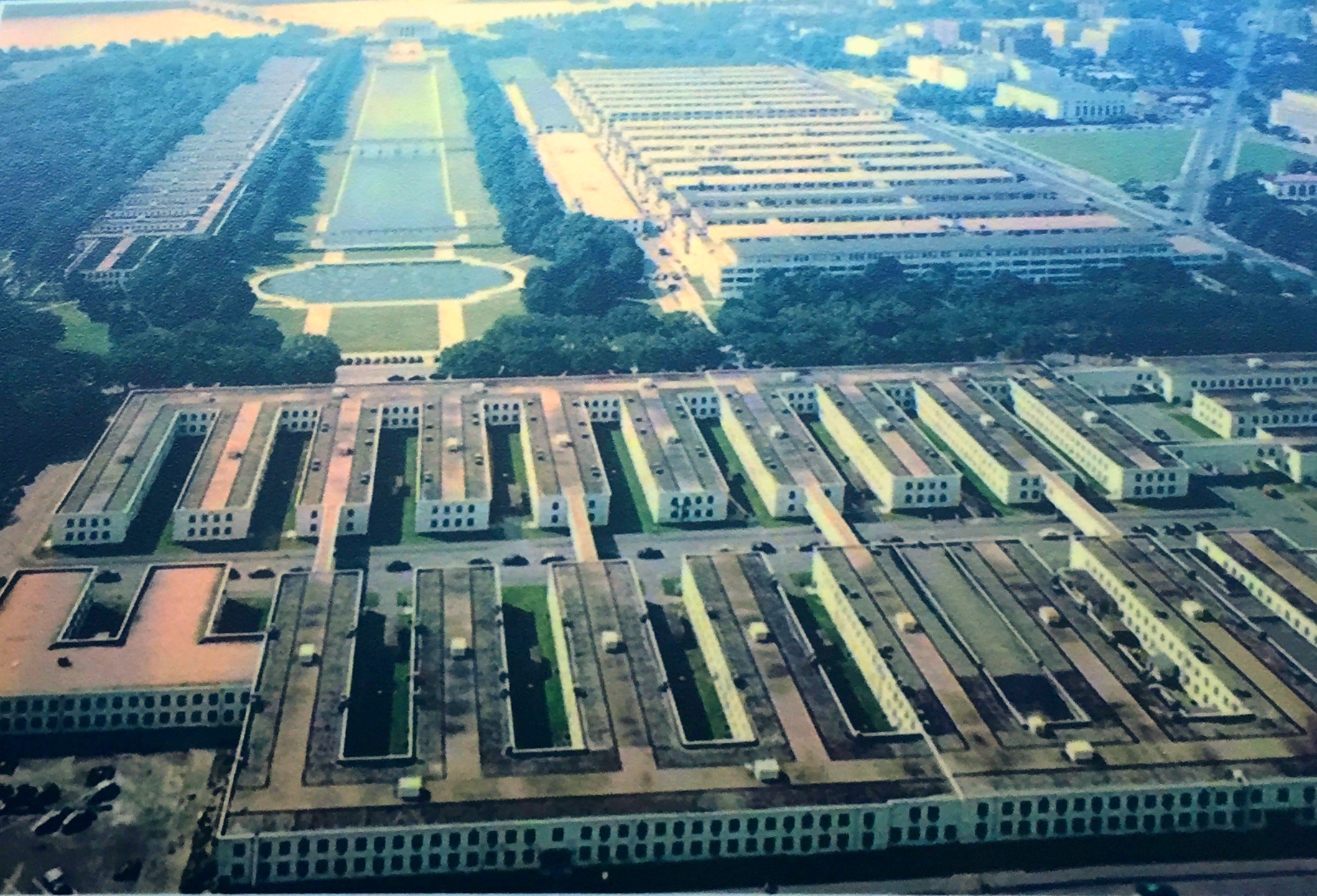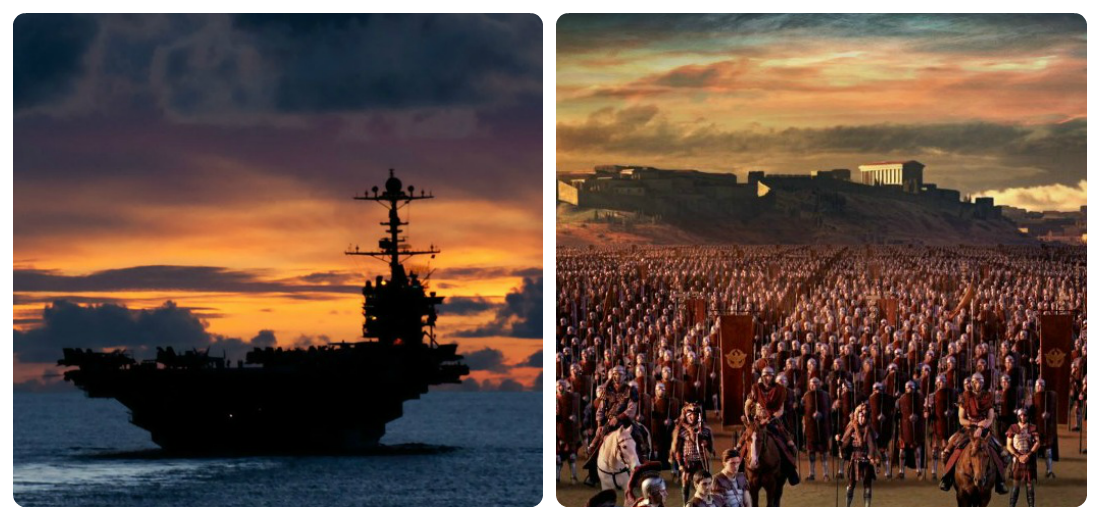A Brief History of Too Much Violence
It was the image of a 7-year-old trauma victim, still strapped in his airplane seat after a 30,000 foot fall, which made me quit my work for the night and go outside to gulp breaths of cold, crisp air. I hadn’t gone looking for the picture — I was doing research on the MH17 crash site — but it was one of the top results, and I habitually zoomed in for a better look. You could still make out the look of terror before explosive decompression had robbed him of his consciousness, hopefully the whole way down.
A few years ago, as talking heads fretted about the increasing photorealism of videogame violence, very few people were thinking ahead to how the web might abet the spread photos and videos of real violence. Yet here we are. In the mid-2000s, raw war footage and snuff films lived only in the dark corners of the internet: carefully guarded torrents and unlisted websites, frequented by a tiny minority of very sick people. Now, at the start of 2016, there’s at most two degrees of separation — a hashtag and a video link — between a funny-but-dumb BuzzFeed article and a choreographed ISIS execution. The worlds are gradually converging.




